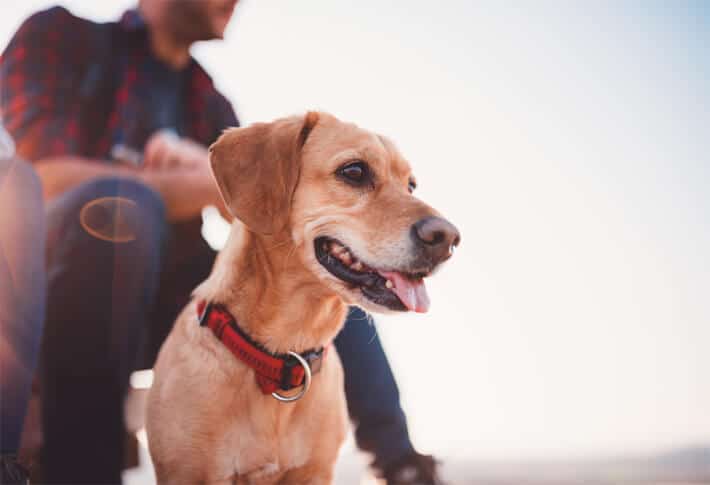
How to Introduce a Collar to a Dog: A Guide for Pet Owners
Share
Introducing a collar to your dog may seem straightforward, but for many health-conscious pet owners, the process involves more than simply strapping it on and hoping for the best. Ensuring your dog is comfortable and safe in their collar is crucial for their health and happiness. In this article, well explore how to introduce a collar to a dog effectively, ensuring a smooth transition for your furry friend.

The Importance of a Collar for Dogs
Before delving into the step-by-step process of introducing a collar, its essential to understand why a collar is important. A collar serves multiple purposes: it holds identification tags, provides a point of attachment for a leash, and can even be a fashion statement for your pup. More importantly, a well-fitted collar is a safety tool that can prevent your dog from getting lost.
Choosing the Right Collar
Not all collars are created equal. As a pet owner, selecting the right collar is critical. Consider factors like the material, size, and type of collar. Health-conscious pet owners often opt for collars made of hypoallergenic materials to prevent skin irritation. Additionally, measuring your dog's neck accurately is key to choosing the perfect fit. A collar thats too tight can cause discomfort, while one thats too loose might slip off.
Step 1: Acclimatize Your Dog
The first step in introducing a collar is to let your dog get accustomed to it. Start by allowing your dog to sniff and explore the collar. You can even place it near their sleeping area, so they become familiar with its presence. This initial introduction helps ease anxiety and builds curiosity rather than fear.
Step 2: Positive Reinforcement
Use positive reinforcement techniques to associate the collar with good experiences. Whenever your dog shows interest in the collar, reward them with treats or praise. This positive association will make them more willing to accept the collar when its time to wear it.
Step 3: Gradual Introduction
When you feel your dog is comfortable, gently place the collar around their neck without fastening it. Let them wear it for short periods, gradually increasing the duration over several days. This gradual introduction helps your dog adjust to the sensation of wearing something around their neck.
Troubleshooting Common Issues
Some dogs may resist wearing a collar, but patience and consistency are key. If your dog seems uncomfortable or tries to remove the collar, ensure that its not too tight or irritating their skin. You might also want to explore different types of collars, such as a braided collar or a harness if a collar doesn't seem suitable.
Maintaining Your Dog's Collar
Once your dog is comfortable wearing a collar, maintaining it is essential for their health. Regularly check for wear and tear, and clean it to prevent skin issues. For tips on keeping your dog's collar in top condition, consider visiting this guide on cleaning a dog collar.
External Resources
For those interested in the evolving nature of dog collars, the evolution of dog collars provides fascinating insights into how these essential pet accessories have changed over time.

FAQ Section
What age should a puppy start wearing a collar?
Puppies can start wearing a collar as early as 8 weeks old. It's important to ensure the collar is lightweight and adjustable.
How tight should a dog collar be?
A good rule of thumb is to ensure you can fit two fingers between the collar and your dogs neck. This ensures it is snug but not too tight.
Can all dogs wear collars?
While most dogs can wear collars, some breeds with respiratory issues may benefit more from harnesses. Always consider your dog's specific health needs when choosing between a collar and a harness.
This article contains affiliate links. We may earn a commission at no extra cost to you.
